Evaluation tool 2 – Graffiti wall
What is this tool?
Participants use a large sheet of paper, post-it notes etc to respond to an event or activity in a highly creative way.
What can I use it for?
The graffiti wall tool is particularly effective for drop-in events (e.g. festivals / demonstrations) and with general public, primary or secondary school groups, but can also be used for interactive workshops, lectures / presentations, and with interested adults.
Graffiti wall at a glance…
| Who: |  |  |  |  | ||
| What: |  |  |  | |||
| Data: |  |  | ||||
| Time: |  |  |  | |||
| Gain: |  |  |  | |||
| GLOs: |  | 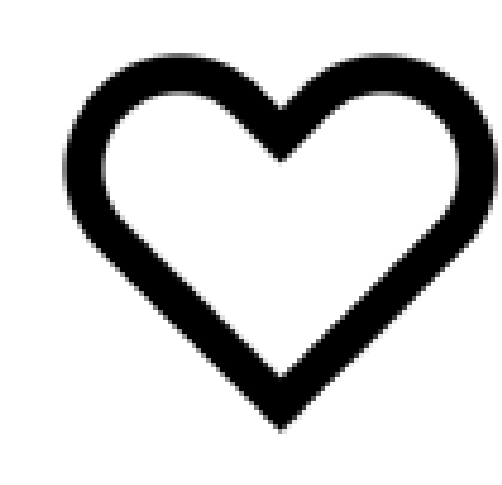 |  |  | 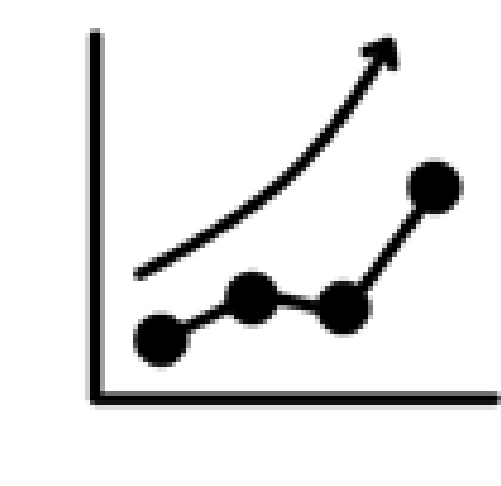 |
When should I use it?
This tool is best suited to use during an event.
What do I need?
- Large wall space or board
- Large sheet of paper, post-it notes or other way of recording participant responses
- Questions / categories to help prompt responses (optional)
- Coloured pens / markers
Let’s get started…
Pin a large piece of paper onto the wall or board. Explain to participants (either verbally or in writing) that they are welcome to write or draw their comments, observations, feelings or messages (both to and from the group) to the graffiti wall at any time. Be as creative as you can – this will encourage your participants to do likewise: use different coloured post-it notes or pens, or even unusual surfaces linked into the theme of your event.
You can allow participants to choose their own aspect to write about, or include some prompts for people to respond to. Some people find staring at a blank wall fairly daunting, so including a few questions or suggested topic areas can help to stimulate input from your audience (see Figure 1). If you think carefully in advance about these prompts they can also help structure the input received, thereby making it more useful for reporting purposes.
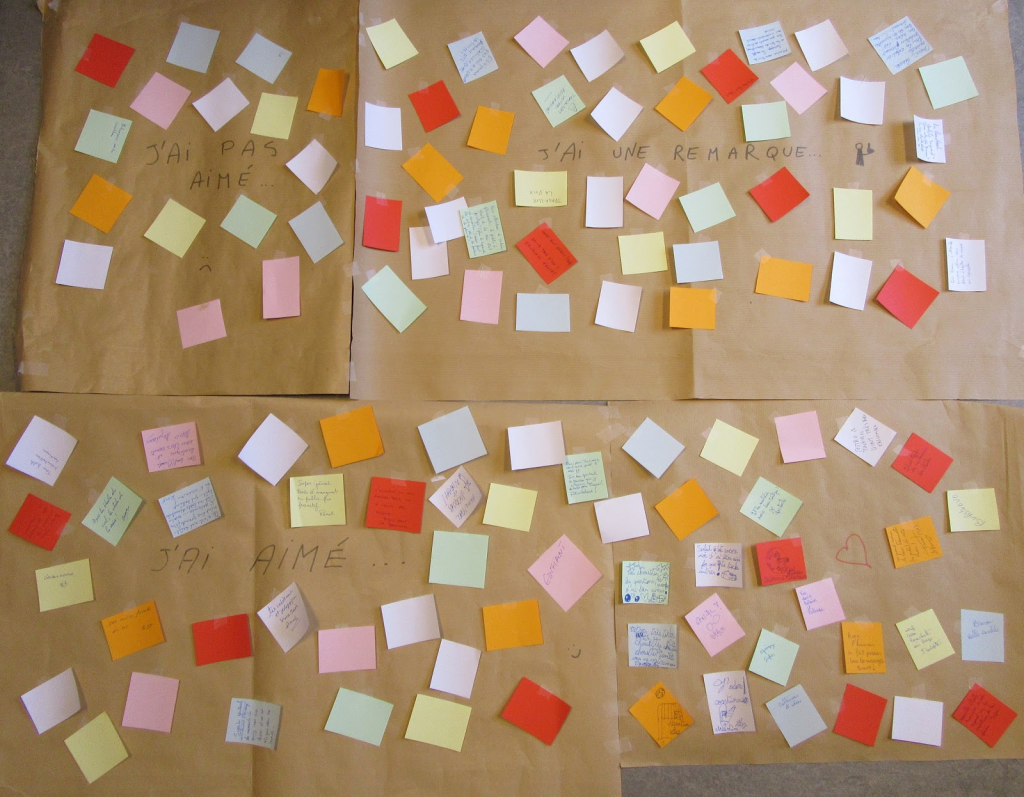
WARNING! This technique does require a fair bit of proactivity in terms of encouraging your participants to get involved; it rarely works if you just leave the graffiti wall standing alone.
OK, what do I do with my data now?
This method creates a great visual representation of overall energy and engagement (so great for photos for final reports) however can be very challenging to analyse in depth! Many people find simply reading the comments helps them get a better feeling of participants’ experiences, whilst others prefer to do a more structured analysis – see word clouds or thematic coding for details.
Similar techniques
Opinion postcards – Postcards are provided with specific prompt questions for the respondents to complete. These may be specific (e.g. “What did you think of the event?”) or more generalised / abstract (e.g. “I feel…”). Participants are encouraged to pin their responses on to a board or similar display for other people to see afterwards.
Hand evaluation – Give participants a piece of paper and access to pens. Ask participants to draw around their hand, and record the following on the fingers of their hand:
Thumb – something good, something they enjoyed
Index finger – something they would like to point out (could be good or bad)
Middle finger – something bad, something they did not enjoy
Ring finger – something they will treasure from the activity/event
Little finger – something little they want to add (could be good or bad)
Palm – A prediction for the future – What they are going to do next?
With thanks to the Woodcraft Folk (woodcraft. org.uk) for the ‘Hand Evaluation’ tool.
Download worksheet
Download the Graffiti wall worksheet
Back to Tools

